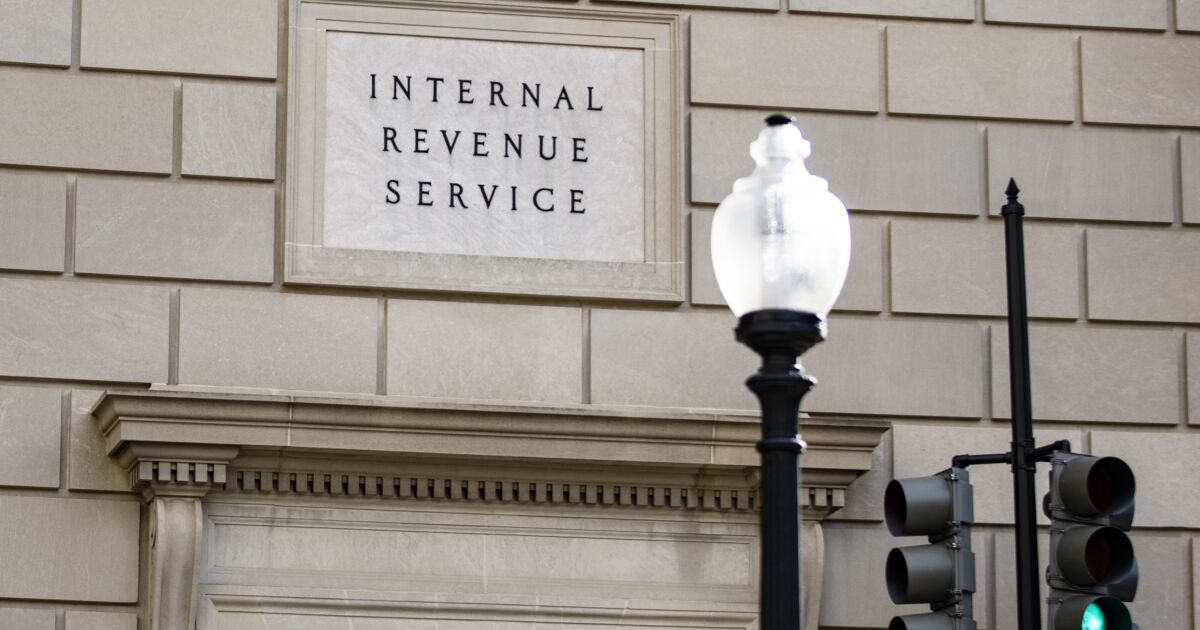The Internal Revenue Service’s Tax Exempt and Government Entities Division didn’t provide satisfactory answers to many of the questions it received from taxpayers, according to a new report, as the TE/GE division released a plan for the year ahead.
The report, released Thursday by the Treasury Inspector General for Tax Administration, found that thousands of taxpayers may not have received satisfactory responses from the unit to their questions. From fiscal years 2019 through 2021, the TE/GE Division’s ending inventory for customer correspondence grew from 2,060 cases to over 20,000 cases, while its exempt organizations’ determinations inventory grew from 13,451 cases to over 35,000. That growing backlog during the pandemic probably caused headaches for many tax-exempt groups and wasn’t in compliance with the IRS’s Taxpayer Bill of Rights, the report noted.
“Taxpayers are entitled to clear explanations of the laws and IRS procedures in all correspondence,” said the report. “In addition, taxpayers have the right to quality service, which includes the right to receive prompt assistance, and to receive clear and easily understandable communications from the IRS. Taxpayers who do not receive satisfactory responses to their inquiries are unnecessarily burdened when they must call back multiple times. Further, taxpayers who do not receive satisfactory responses to their tax-related questions may not file accurate tax returns.”
Natalia Bratslavsky/Adobe
The report found that officials in charge of the TE/GE Division have taken steps to reduce backlogs of inventory that grew during 2020 and 2021. They cited challenges facing the division that contributed to the growth of inventories, including the onset of the COVID-19 pandemic and the transition to a new management information system. By the end of fiscal year 2022, the correspondence inventory had been reduced by nearly half compared to the previous fiscal year, and the inventory of overdue determinations of tax-exempt status had returned to levels comparable to those before the pandemic.
The responsibility for providing customer service to TE/GE taxpayers spans multiple IRS business units, TIGTA acknowledged, including exempt organizations employees within the TE/GE Division and accounts management employees within the Wage and Investment Division. However, TE/GE taxpayers may not have always received satisfactory responses to their inquiries when they were referred to the TE/GE division by Wage and Investment Division employees.
When TE/GE taxpayer requests are unable to be resolved over the telephone, they are referred for additional action via Forms 4442, “Inquiry Referral.” However, from Jan. 1, 2017, through May 15, 2022, the IRS may not have provided satisfactory responses to nearly 30,000 TE/GE taxpayer inquiries, including approximately 20,000 taxpayers who needed to call twice and 10,000 taxpayers who were forced to call three or more times for the same tax return. The IRS doesn’t track or monitor taxpayer inquiries after their questions are referred via Forms 4442.
On top of that, TE/GE management hasn’t established performance metrics or goals to measure the quality of customer service. For example, the TE/GE Division lacks customer service-focused measures, such as average response time, level of service, or the average number of repeated contacts with the taxpayer. In addition, there’s no independent quality review of customer correspondence work.
TIGTA recommended that the IRS establish a process to track, monitor and measure performance for referrals received in the TE/GE Division through Forms 4442 to ensure taxpayers receive prompt and satisfactory responses. The IRS should also develop performance measures and goals for TE/GE customer service efforts, including taxpayer paper correspondence and Forms 4442. TIGTA also suggested the IRS should ensure that taxpayer paper correspondence and Form 4442 cases in the division are subject to periodic independent quality review.
The IRS agreed with all three recommendations and plans to take corrective actions.
“We faced unprecedented challenges, such as the coronavirus pandemic, and transition to a new inventory management system, during the majority of the time covered by your review,” Edward Killen, commissioner of the TE/GE Division, wrote in response to the report. “Being acutely aware of the impact to taxpayers of a growing inventory during this time, we have undertaken significant efforts to reduce our taxpayer correspondence inventory. As your report observes, by the end of FY 2022, we reduced our inventory of correspondence by nearly half from the prior year. We have successfully reduced our inventory even further since that time, from levels of over 20,000 pieces of correspondence at the end of FY 2021 to approximately 3,000 pieces of correspondence currently.”
On Thursday, the TE/GE Division released its fiscal year 2024 program letter listing its priorities for the new fiscal year, aligning them with the objectives of the IRS’s Inflation Reduction Act Strategic Operating Plan.
“We will address underreporting through expanded examinations and other actions in the following taxpayer segments: large corporate, large partnership, high-income and high-wealth individuals, employment tax, exempt organizations, estate and gift tax, excise tax, and any other areas where audit coverage has declined over the past decade,” wrote Killen and deputy commissioner Robert Choi. “We will work on emerging issues and schemes where taxpayers are falling victim to unscrupulous promoters and preparers before and after receiving a tax refund. We will strengthen compliance around clean energy incentives, such as tax credits for alternative fuels, efficient home energy and clean motor vehicles. Collection and non-filer work are also integrated into this plan to address the portion of the tax gap fueled by underpayment and non-filing.”
Credit: Source link










